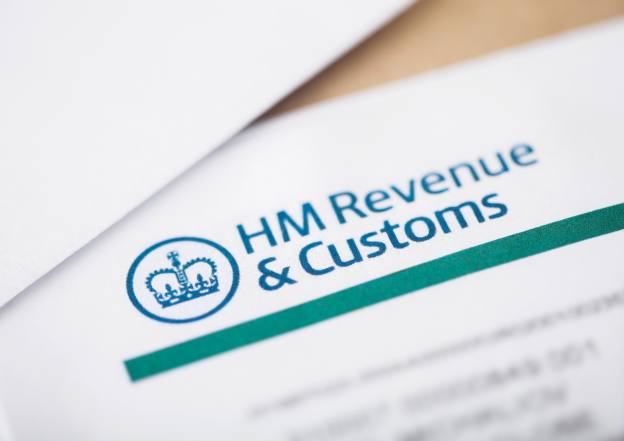
With the personal allowance and higher rate income tax band frozen for the next five years, and the additional rate threshold for income tax reducing to £125,140, it is likely that more people will find themselves paying higher amounts of income tax.
Making pension contributions to receive tax relief, as well as to reclaim the personal allowance, may therefore become a more common consideration.
And with capital gains tax rates also depending on whether the taxpayer pays a basic or higher rate income tax, making pension contributions can also lower any CGT payable.
But in a cost of living crisis, prioritising the tax efficiencies that come with pension saving may not be as easy a choice as before.
If a taxpayer earning £50,270 received a £5,000 pay rise for example, they could choose to keep the extra £3,000 in take-home pay, or make a pension contribution that effectively costs them the same amount to receive a grossed-up contribution of £5,000.
If a saver does decide to contribute, when to contribute is also important to bear in mind. Besides the tax-year-end deadline of April 5, savers should be mindful of any deadline by which a provider needs to receive a pension contribution in time for that tax year.
“Often we see it with business owners that they wait until tax-year end to try and think about how much they want to pay, or bonus time,” says Clare Moffat, head of the intermediary development and technical team at Royal London.
“People might not know they’re getting a bonus, so they wait until closer to the time. Some providers might take it by debit card on the 4th or 5th of April. But others might need it by the 27th or 28th March. Checking when that money needs to be in by, and when it’s treated as being in by, is really important.”
Moffat gives the example of a taxpayer who has lost their personal allowance as a one-off, such as if they have been made redundant. “Then you want to make sure you’re getting that [pension contribution] to reduce your income to below the £100,000 mark in time, so that it’s in that tax year,” she says.
Although a seemingly obvious point to make, with around 10 months between the tax-year end and the deadline to submit a self-assessment tax return, actually claiming the extra tax relief on a pension contribution is also important. “It’s amazing the people who are not claiming back their higher rate relief and additional rate relief,” says Moffat.
Quilter’s head of retirement policy, Jon Greer, says it is good practice to submit a tax return early. “Not least that overpayments of income tax during the last tax year will mean you receive money back sooner rather than later,” he adds.
Nearly 66,500 customers filed their 2021-22 tax return on the first day of the new tax year, according to HM Revenue & Customs.
Indeed, leaving a self assessment tax return until the January deadline means a taxpayer has to wait at least nine months, or perhaps longer, to receive their tax relief, says Canada Life technical director, Andrew Tully.










